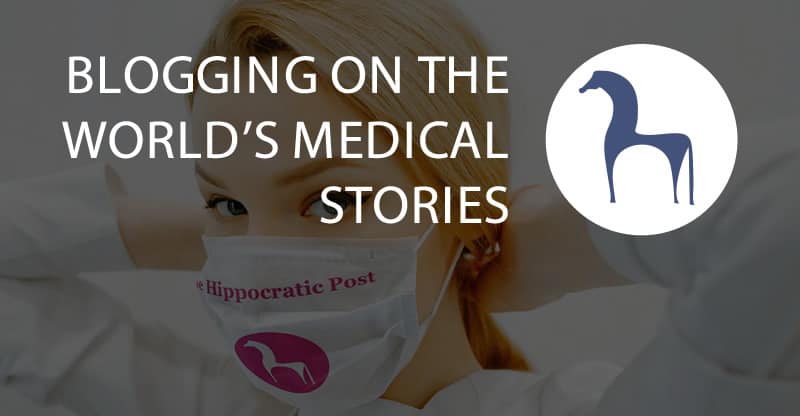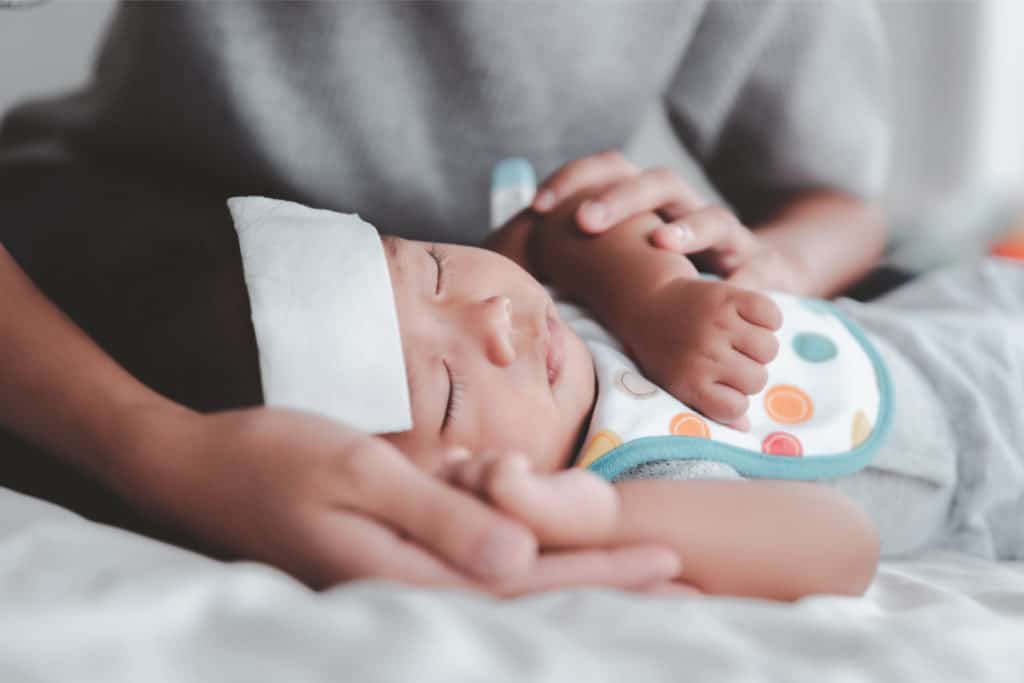A procedure widely used to treat birth-related brain damage in newborn babies in low and middle income countries (LMICs) may increase the risk of death.
This is the finding of research led by Imperial College London, together with several large hospitals in South Asia, published in the journal The Lancet Global Health.
The study, of 408 babies with suspected birth-related brain damage across India, Sri Lanka, and Bangladesh, used a technique called therapeutic hypothermia. This technique cools a baby’s body temperature by four degrees, by placing them on a type of cooling mat.
Previous evidence suggests the cold temperatures may help reduce brain cell damage and cell death.
The cooling treatment is widely used around the world, and evidence from multiple trials in high-income nations suggest the treatment reduces death and disability in babies.
However, although the treatment is also used extensively in LMICs, until now there have been few trials analysing the effectiveness of the treatment in LMICs.
All babies in the new study were suspected to have suffered brain damage during birth, and suffer from a condition called neonatal encephalopathy. This condition means a baby has abnormal brain function, and is normally caused by a lack of oxygen.
Neonatal encephalopathy is the cause of one million deaths worldwide every year, of which 99 per cent occur in LMICs.
In the new trial, funded by the Garfield Weston Foundation, 206 babies with suspected brain damage received the cooling therapy after birth, while 202 babies received no treatment after birth.
The study, called the HELIX trial, was a randomised controlled trial. After the families of the babies had agreed for them to take part in the trial, the babies were randomly allocated to receive the cooling therapy, as widely used in many parts of the world, or to not receive the cooling therapy.
Babies in both groups received comprehensive treatment in intensive care units. The cooling treatment was initiated within six hours of birth, and continued for 72 hours, while the babies were closely monitored.
Advanced MRI scan was used to assess their brain health at two weeks old, and the babies’ general health at 18 months. Gauging the level of a child’s development and disability is difficult before this age.
The results of the trial showed that 50 per cent of the infants in the group who received the cooling treatment died or had moderate or severe disability.
In the control group, where the babies didn’t receive the cooling treatment, 47 per cent of infants died or had a moderate or severe disability.
The results also showed that 42 per cent of children in the cooling treatment group died, while 31 per cent of infants in the control group died.
All study sites were monitored closely by the Imperial College London team, who have extensive experience of therapeutic hypothermia, using real-time daily video conferencing to discuss the babies’ health. The trial team also made site visits every three to four months, and delivered training during the recruitment period.
The cooling treatment was administered using the same cooling device used in the UK, and the core body temperatures were closely within the target range of 33 – 34 degrees.
Professor Sudhin Thayyil, lead author of the trial from Imperial’s Department of Brain Sciences, said: “These data, from the HELIX trial, suggest therapeutic hypothermia, alongside high quality intensive care treatment, does not reduce the risk of brain injury or death in LMICs. The findings also suggest the treatment may increase the risk of death, compared to babies who did not receive the treatment. Hence, hypothermia treatment should no longer be used as a treatment for neonatal encephalopathy in low and middle income nations. International guidelines (ILCOR – International Liaison Committee on Resuscitation) on cooling therapy in LMIC should be immediately amended.”
The study team say more research is now urgently needed to understand why the cooling treatment was ineffective and harmful.
The team suggest the babies in the trial, and more generally in LMICs, may have had a different type of brain injury than the type of brain injury seen in trials in high income nations. Scans of the babies’ brains suggested damage to connecting fibres in the brain rather than to deep brain structures. One suggestion is that the brain damage may have occurred at an early stage of the birth, or earlier in the pregnancy.
Professor Jayshree Mondkar, a senior author and Professor of Neonatology and Ex Dean of Lokmanya Tilak Municipal Medical College and General Hospital, Mumbai, said: “The HELIX trial results were surprising as many centres in India are routinely cooling babies. But the trial was conducted to a very high standard, and the results are convincing.”
Professor Mohammed Shahidullah, a senior author and Professor of Neonatology at Bangabandhu Sheikh Mujib Medical University Hospital, Dhaka said “The HELIX trial is an excellent example of North-South collaborative work between Imperial College and other centres of excellences in South Asia to benefit babies in LMICs.”
Professor Seetha Shankaran from Wayne State University, a co-investigator of the study said “While cooling is safe and effective in term babies with moderate or severe encephalopathy in high income countries, HELIX trial highlights the importance of conducting high quality clinical trials before using it for untested indications, for example in babies with milder brain injury or premature infants, even in high income countries.”
Professor Thayyil adds: “COVID 19 has exposed how some diseases affect disadvantaged populations differently. It is possible that ethnicity, socioeconomic status, infection and nutritional status, for example, could influence birth-related brain injury, even in high income countries, and thus not all will respond to the same treatment. Careful research into how these factors cause brain injury in unborn babies is important for preventing and developing new treatments for birth-related brain injury.”
- RV3-BB rotavirus vaccine at birth boosts microbiome - 8th May 2025
- No Mind Left Behind: Support the Carers - 4th May 2025
- Climate change causes longer pollen seasons in capital cities - 4th May 2025


